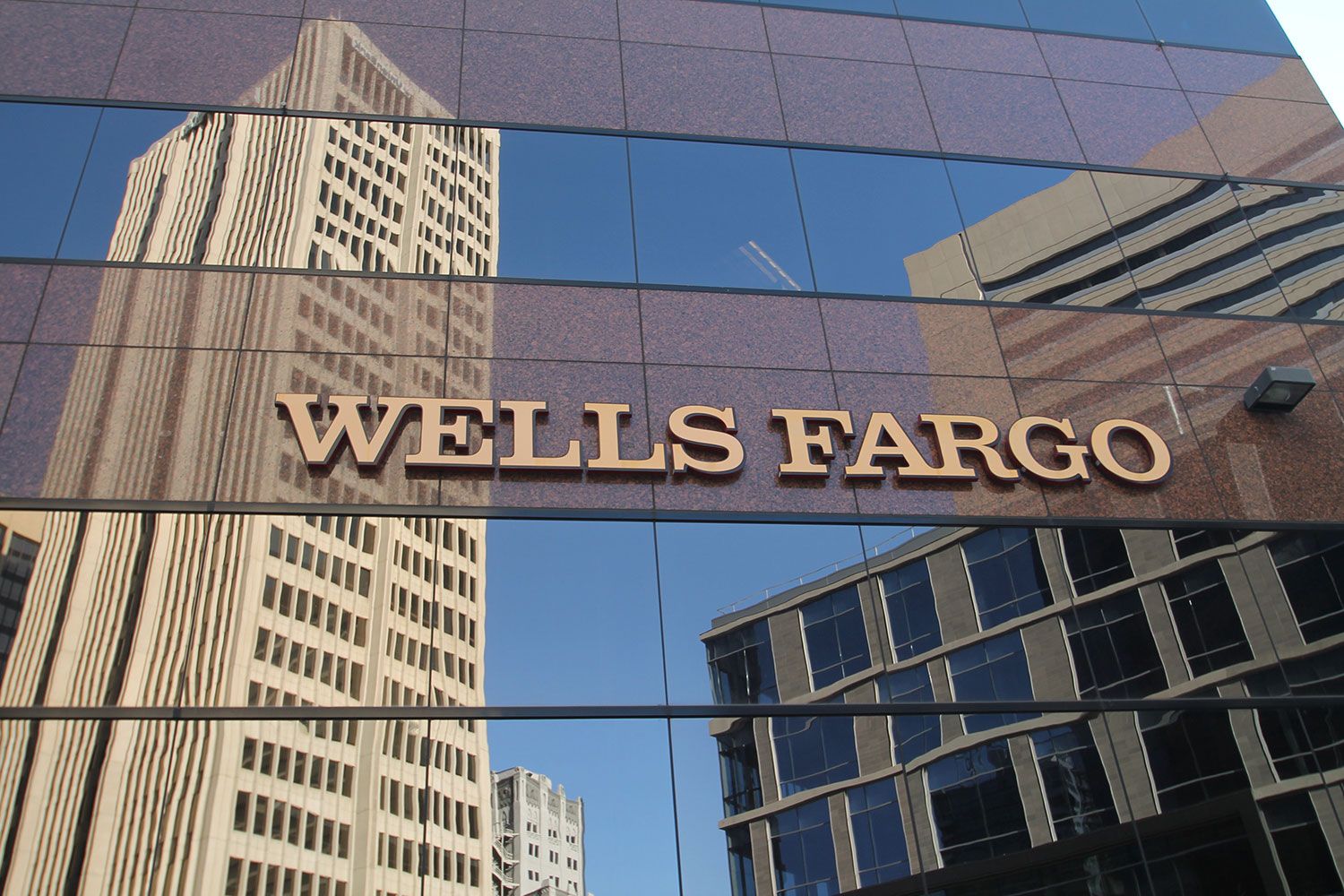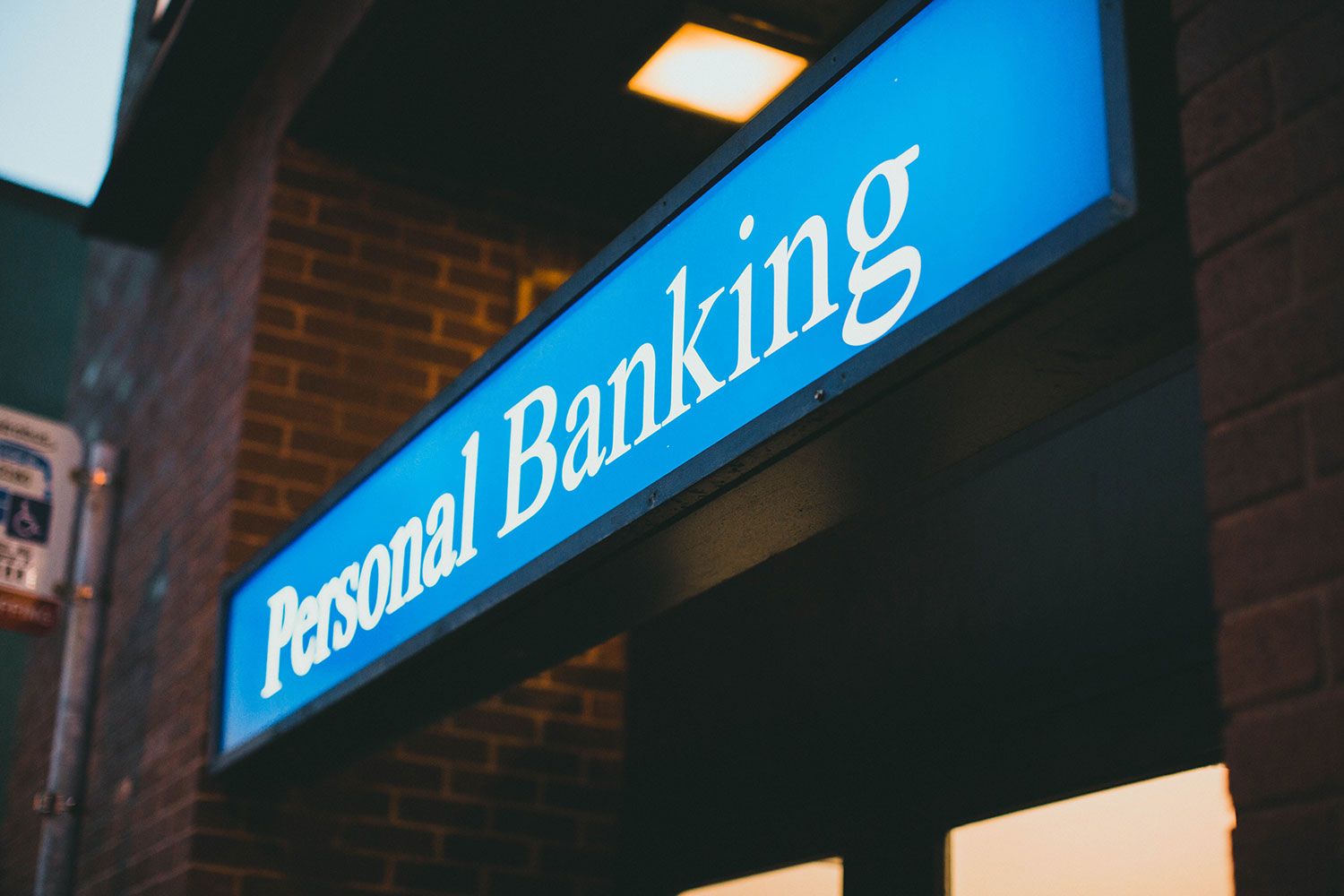What Are the Different Types of Banks?

If you’re searching for a new bank, you may feel overwhelmed by all the choices in front of you. From big, national banks to local credit unions and investment firms, not every financial institution will be best suited to your needs. To best manage your personal finances, it’s helpful to understand the various types of banks available and how they differentiate their services.
8 Types of Banks
- Retail Bank
- Commercial Bank
- Cooperative Bank (Credit Union)
- Online Bank
- Savings and Loans
- Investment Bank
- Private Bank
- Central Bank
Many people might imagine that all banks are the same, but this simply isn’t true. You may be looking for a basic bank to open a savings or checking account or discuss your options for a home loan. Or, you may already have a traditional bank, but are now looking for help investing your money in the stock market. Alternatively, you may be looking for a bank that’s more appropriate for a larger business or industry with more diverse needs than the average consumer. Whatever your goals are, there is a financial institution that can help you achieve them.
Bank vs Credit Union
What’s the difference between a bank and a credit union?
For the average consumer, there’s often the most confusion around the difference between a bank and a credit union. A credit union and bank typically offer the same financial services to the customer. They both offer individuals and businesses access to savings and checking accounts, home loans, auto loans, lines of credit, and business loans. Additionally, nearly all banks and credit unions provide deposit insurance coverage for amounts up to $250,000, but they do so through different agencies. A traditional bank obtains this through the Federal Deposit Insurance Corporation (FDIC), while credit unions are backed by the National Credit Union Administration (NCUA).
There are some key differences in the way each institution is structured and in its overall business model. On the most fundamental level, a bank is a for-profit institution while a credit union is not-for-profit. However, how this translates into business practices may vary from one company to the next. Anyone can do business with a bank, while a credit union can restrict services to only its members. Each credit union is different and can choose who makes up its membership. This could be based on where you live, your profession, your faith, or your membership in another organization. Credit unions may also charge additional membership fees to their customers.
Banks typically have more locations and are national institutions while credit unions tend to be regional. This means you may have more access to services with a traditional bank, be it more brick-and-mortar locations or ATMs. However, many credit unions belong to larger national networks that provide free use of ATMs and in-person assistance at branches across the country. Banks usually have lower deposit rates for their customers than credit unions, but higher interest rates on loans. Lastly, credit unions are usually more focused on customer service and community involvement than banks which tend to focus more on maximizing profits.
1. Retail Bank

Retail banks are also called consumer banks since they mainly focus on individual consumers instead of big businesses and corporations. These banks are the most common and are usually what people think of when they imagine a traditional bank.
Retail banks typically offer both personal and small business loans, credit card accounts, and checking and savings accounts. They also handle many types of mortgage loansincluding conventional, VA, and FHA loans. Most of the big, national banks fit into the retail bank category, but they may also have branches in other countries. A U.S. bank that opens a branch in another country is called a foreign bank and must follow banking regulations in both countries.
2. Commercial Bank
A commercial bank provides bank accounts for businesses and corporations to meet their specific needs. Also called “corporate banks,” commercial banks are able to handle large amounts of money and can also provide lines of credit and exchange services. Since businesses typically need access to more money and credit than an average consumer, these commercial banks have structures in place to meet this demand and can offer larger loans and higher credit limits.
3. Cooperative Bank (Credit Union)
A cooperative bank is any type of banking institution that offers both deposit and loan services and is owned by its customers. A credit union is a specific type of cooperative bank. Credit unions function in a very similar manner to banks. For many customers, there will be no discernible difference between the two. However, credit unions are not-for-profit organizations and they are owned by their members. The credit unions can choose who their members are and these people are usually part of an established group such as individuals residing within a specific region or those in a certain profession such as teachers or those in the military.
4. Online Bank
It probably comes as no surprise at all the banks appearing online these days. As the name implies, an online bank (also called a neobank) operates entirely online and has no brick-and-mortar locations to serve its customers. It’s important not to confuse this with a traditional bank that also offers online services since nearly every bank these days has some kind of digital banking service.
Online banks are strictly internet-based. Since they don’t have overhead costs like other banks do, they can often be very competitive with interest rates and rates on savings accounts. Many people who like to do all their banking online prefer this model, as do people who regularly travel internationally since they can have access to all their accounts no matter where they are.
5. Savings and Loans
A savings and loan bank isn’t technically a bank, but it does offer consumers specific financial services that are primarily focused on obtaining a mortgage. A savings and loan bank is a financial institution that offers its customers a savings account that will accrue interest that they can then use to take out a mortgage, home equity loan, or establish a line of credit. These institutions are also called “thrifts” or simply “savings banks.” Historically, members could get a better interest rate than they could at a traditional bank. However, savings and loan banks are now more closely regulated by the federal government and aren’t seen as much nowadays.
6. Investment Bank
Typically, banks help their customers with deposits, savings, and loans, but an investment bank focuses on helping individuals and businesses invest their money. They do this by offering different services such as a money market account or investing in stocks, bonds, and securities.
Investment banks will often provide business and personal finance advice for additional fees. For larger business customers, investment banks may advise them on how to achieve a successful initial public offering (IPO) or on their prospective mergers and acquisitions.
7. Private Bank
A private bank isn’t open to the general public. Its customer base is typically made up of very wealthy individuals with deposit amounts of over 1 million dollars. These customers would use a private bank if they need financial assistance managing their money, advice on how to minimize their tax burden, or help structuring their estate and assets through the use of trusts.
8. Central Bank
A central bank is the largest bank in a country that oversees all the other banks within its borders. These banks oversee monetary policy for the country by setting standards like interest rates to guard against inflation, issuing currency, as well as providing a traditional banking service for the government.
In the U.S., the national central bank is called the Federal Reserve Bank (colloquially referred to as the Fed), but there are also central banks for groups of nations like the European Central Bank (ECB). Outside of the U.S., a central bank is sometimes called a “national bank,” but in the U.S., a national bank only refers to a bank that’s been chartered by the federal government and operates under the Fed. The Federal Reserve System is largely believed to be the most powerful bank since it oversees the banking system of the largest economy in the world. To accomplish this, there are 12 regional federal reserve banks that serve different areas of the country.
Which Type of Bank Is Right for Me?

The type of bank you choose will depend on your personal and business needs, as well as your future goals. For many of us, we just need a simple bank account where we can use a credit card, obtain a personal loan for a car or home, and keep a savings and deposit account. For these purposes, you’d likely consider either a retail bank or a credit union. However, even within these options, there may be advantages to one over the other.
If you know you like to do a lot of your banking in person and you travel quite a bit, you probably want a traditional retail bank with numerous brick-and-mortar locations to serve you. However, if you value staying within your community and you do most of your banking online, then a credit union or potentially an online bank may be better for you.
You’ll also want to consider the interest rates, especially if you plan to take out loans. Fees are another factor that may sway you from one bank to another, and it’s worth looking closely at these as they can vary widely. Common fees can include charges for overdrafts, returned checks, cashier’s checks, using out-of-network ATMs, wire transfers, or monthly maintenance. In many cases, you may be able to have these fees waived by meeting minimum balance requirements or maintaining a certain number of deposits per month.
If you need more extensive services like financial counseling and investment advice, you may be able to find this from a large national bank, but you also may decide to turn to an investment bank, depending on your goals. Many people maintain banking relationships with more than one bank, and this may be preferable if you can’t find all the services you need under one roof.
Types of Banks
Everyone needs a safe place for their money that doesn’t involve stuffing it under the mattress or digging holes in the backyard. Thankfully, we have an extensive system of financial institutions that can meet our needs. These banks give us a secure place to keep our money that’s federally insured as well as offering products and services like financial counseling, lines of credit, home and auto loans, investment advice, access to ATMs, business banking, and checking and savings accounts.
By taking the time to research the different types of banks, you can choose one (or two) that give you the security and resources you need to meet your financial goals.